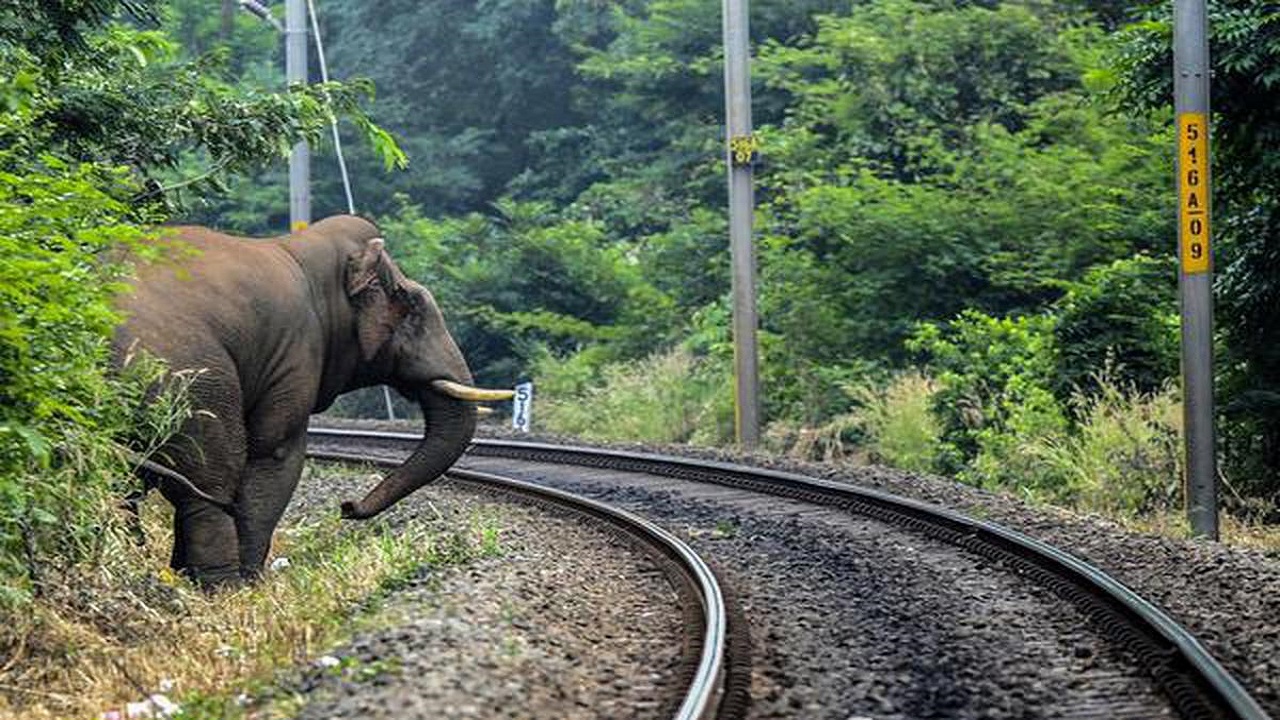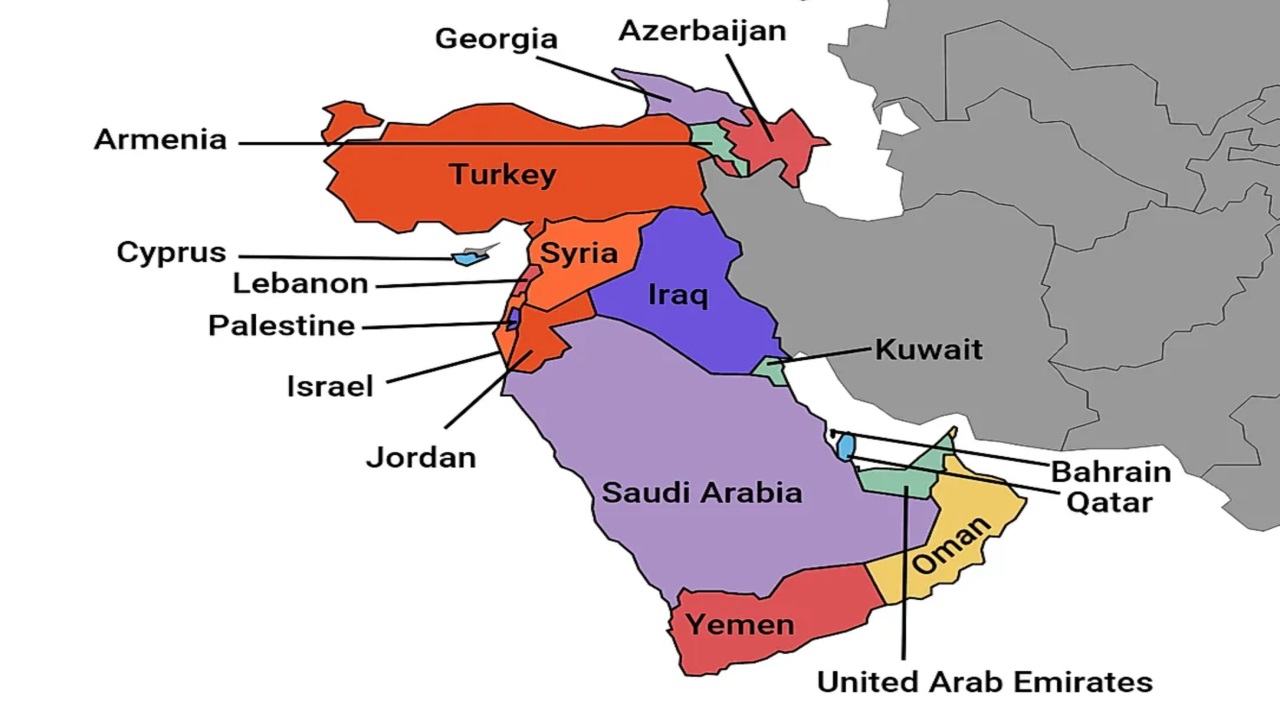Guarding Giants on Rails : A National Plan to Prevent Train-Elephant Collisions
Context
India is home to the largest population of Asian elephants, which frequently come into conflict with infrastructure projects, especially railways. In recent years, increasing elephant fatalities due to train collisions have raised serious ecological concerns. Addressing this issue has become crucial to safeguard biodiversity while pursuing development.
Introduction
A recent joint survey by the central government has highlighted the scale of railway-wildlife conflict in India. Since 2009, at least 186 elephants have been killed on railway tracks. In response, the Centre has identified 77 railway stretches across 14 states for urgent intervention to reduce elephant mortality. This initiative marks a significant step towards integrating wildlife conservation into transportation planning.
Scope and Key Findings of the Joint Survey
The survey was conducted by the Ministry of Environment, Ministry of Railways, and State Forest Departments.
The survey covered 127 railway stretches, spanning 3,452 km, with a focus on elephant movement and past accident data.
Out of these, 77 stretches were marked as high-priority zones needing immediate action.
Inspections were carried out using on-foot and trolley-based methods, assessing:
-
Track elevation
-
Vegetation cover
-
Drainage systems
-
Existing infrastructure
This was the first comprehensive and systematic assessment of railway-wildlife conflict zones in India.
Proposed Mitigation Measures
To address the risk of elephant deaths, the government has proposed the construction of 705 mitigation structures, including:
-
503 ramps and level crossings
-
72 bridge extensions or modifications
-
65 underpasses
-
22 overpasses
-
39 fencing, barricading, or trenching structures
-
4 exit ramps
These structures aim to either allow safe passage for elephants or divert them away from dangerous railway lines.
Focus States Based on Elephant Populations
Priority has been given to states with significant elephant presence and high accident risk.
-
Assam will receive 131 level crossings with ramps
-
Maharashtra will receive 125 crossings
-
Uttar Pradesh will get 92 such structures
As per the 2017 Elephant Census:
-
Karnataka has 6,049 elephants
-
Assam has 5,719
-
Kerala has 5,706
-
Tamil Nadu has 2,761
These states combine dense forest habitats with busy railway lines, making them key intervention areas.
Evolution of Wildlife-Railway Collaboration
Formal discussions began in August 2022, identifying 110 railway stretches in sensitive elephant and tiger landscapes.
Some safety measures already existed, but this initiative aims to create a nationwide coordinated mitigation framework.
Railway staff are now being trained in elephant ecology at the Wildlife Institute of India.
These master trainers educate loco pilots and staff on techniques to reduce collision risks.
Use of Technology: Intrusion Detection Systems (IDS)
To enhance safety, the Indian Railways is deploying Artificial Intelligence-based Intrusion Detection Systems (IDS), especially in the Northeast Frontier Railway.
-
IDS detects elephant presence and alerts control rooms and train operators.
-
By 2025, IDS has been implemented over 141 km, with plans to expand to 1,158 km.
-
A major stretch includes 207.8 km in Odisha (Sambalpur division).
-
The project spans 9 railway zones, including NFR, East Coast Railway, Southern Railway, and Northern Railway.
-
Estimated cost for IDS rollout is Rs. 208 crore.
Conclusion
The identification of critical railway stretches and the introduction of structural and technological solutions reflect a policy shift towards ecologically sensitive infrastructure development. As India continues to expand its railway network, integrating wildlife safety into project planning is essential. These efforts also align with India’s commitments under international agreements such as the Convention on Migratory Species (CMS) and the Convention on Biological Diversity (CBD), ensuring that progress does not come at the cost of biodiversity.




Comments (0)